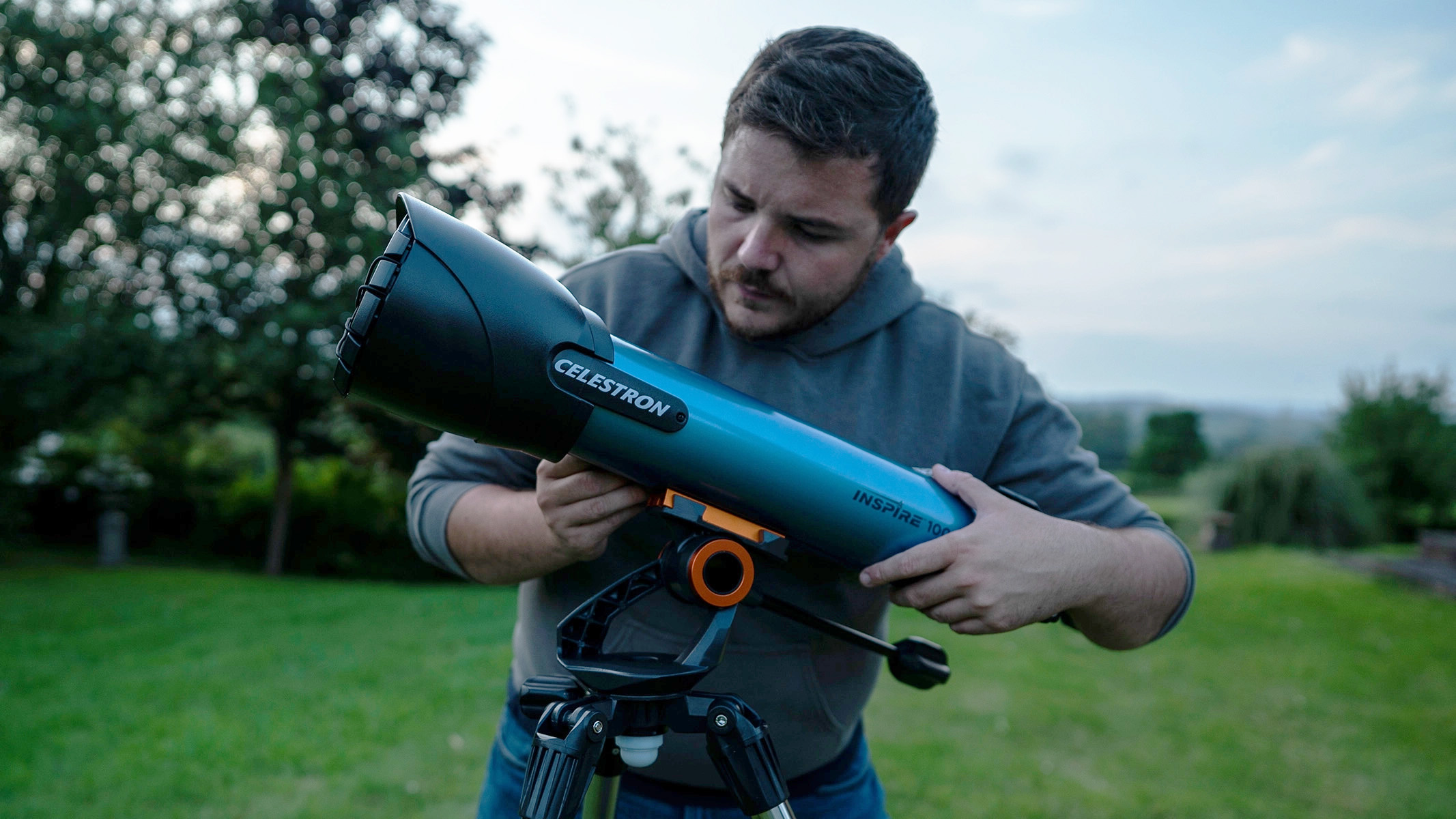
Sascha Pare
Sascha is a U.K.-based staff writer at Live Science. She holds a bachelor’s degree in biology from the University of Southampton in England and a master’s degree in science communication from Imperial College London. Her work has appeared in The Guardian and the health website Zoe. Besides writing, she enjoys playing tennis, bread-making and browsing second-hand shops for hidden gems.
Latest articles by Sascha Pare
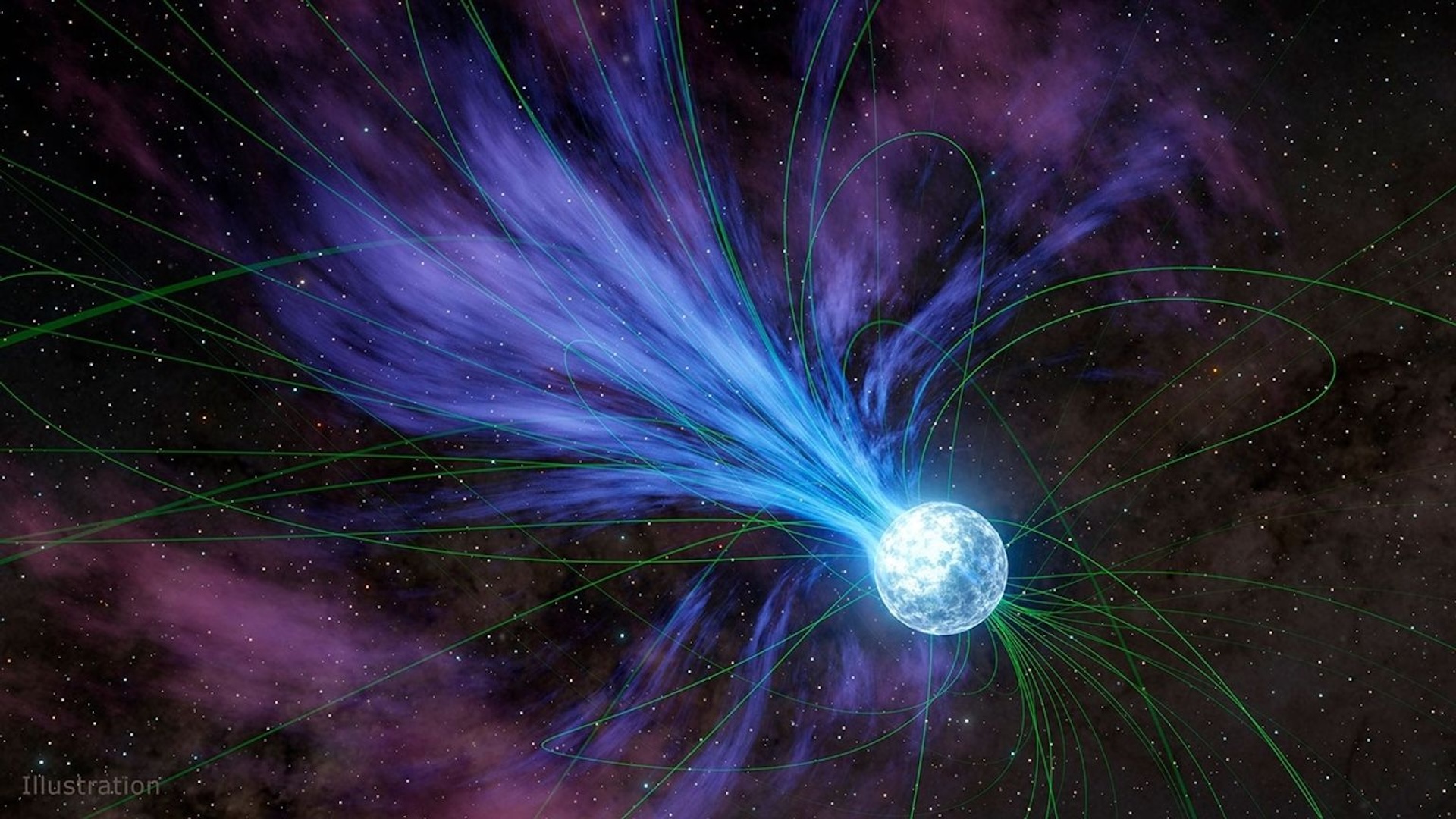
Oldest gold in the universe may come from a place scientists never expected
By Sascha Pare published
Dead stars may have started churning out vast amounts of gold much earlier in the universe than previously thought, a new study hints. Powerful magnetar flares may be the reason.

How related are dire wolves and gray wolves? The answer might surprise you.
By Sascha Pare published
Recent findings indicate that dire wolves and gray wolves are distantly related, having diverged about 5.7 million years ago and, as far as scientists can tell, never interbred since then.
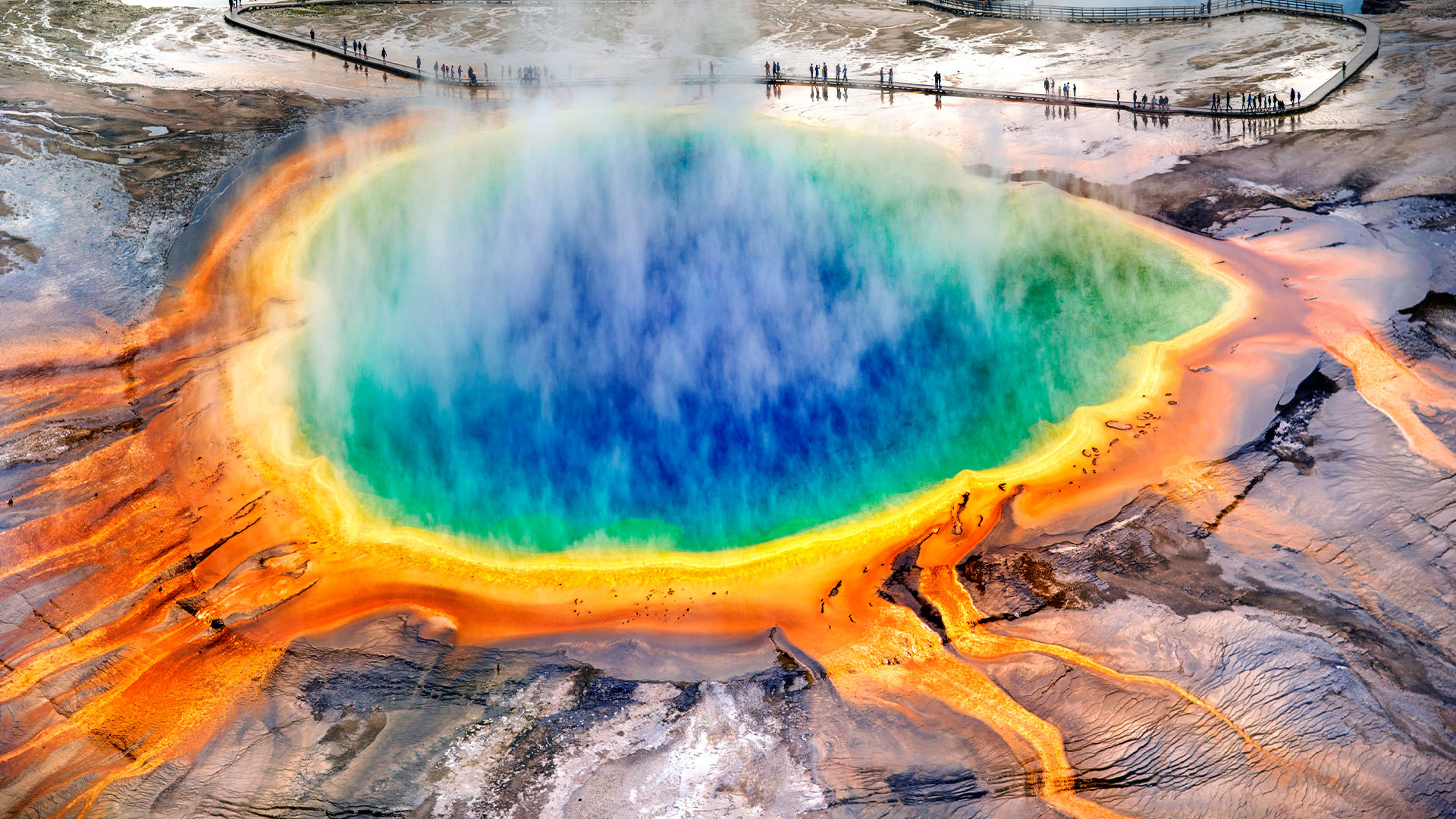
Yellowstone holds potentially untapped cache of 'carbon-free' helium for rockets, reactors and superconductors
By Sascha Pare published
Conventional helium production comes with enormous carbon emissions, so scientists are looking for alternatives in places like Yellowstone, Tanzania's Rukwa Rift and India's Bakreswar-Tantloi province.

Corryvreckan whirlpool: Scotland's 'raging cauldron' that is named after a Norse king and said to house a witch
By Sascha Pare published
The Corryvreckan whirlpool is one of the largest whirlpools in the world, reaching speeds of 8.5 knots and producing a roaring sound that can be heard 10 miles away.
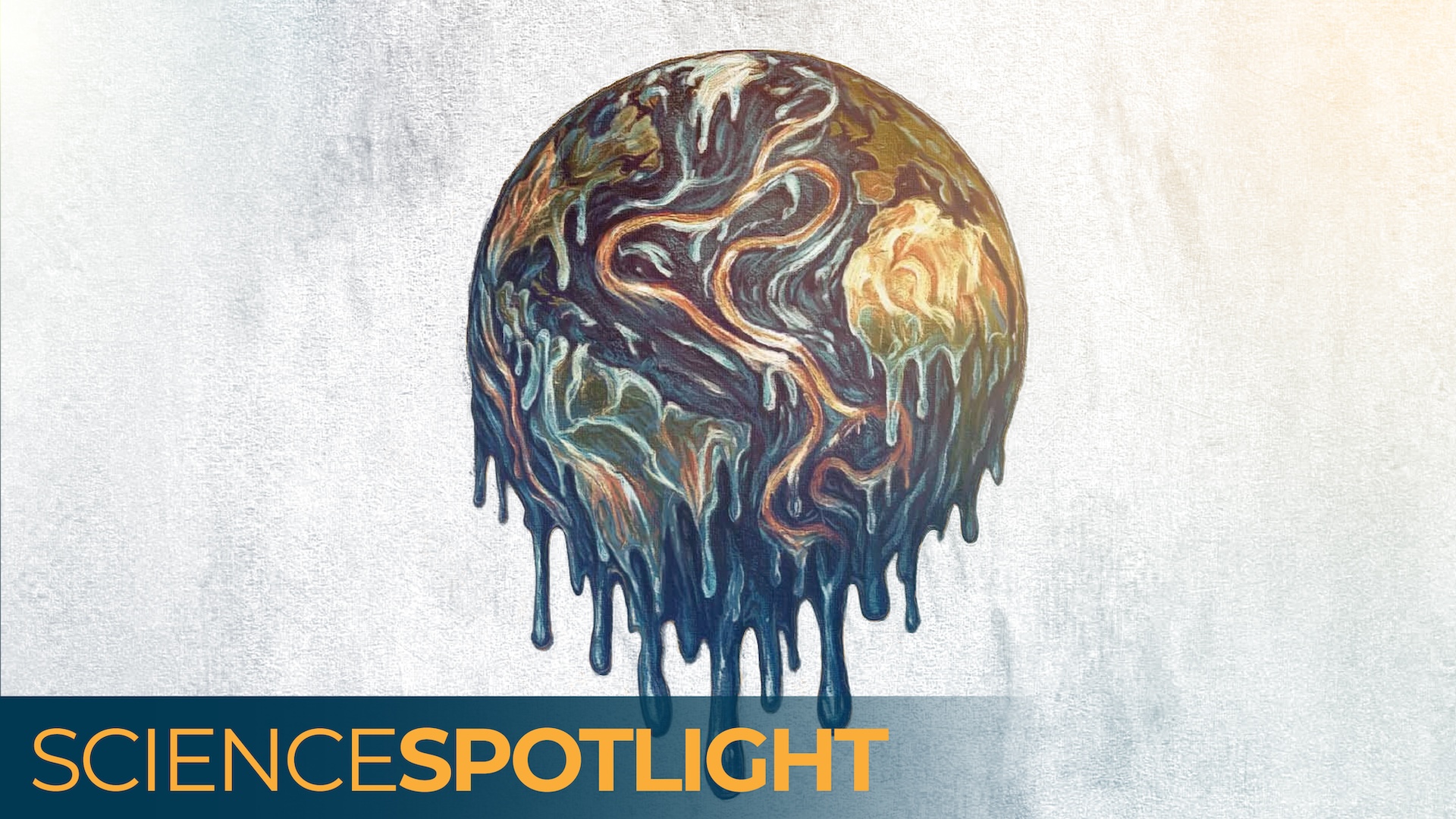
Atlantic ocean currents are weakening — and it could make the climate in some regions unrecognizable
By Sascha Pare published
A cold blob of water in the North Atlantic is an ominous sign that a system of currents that regulate the planet's climate could be weakening.
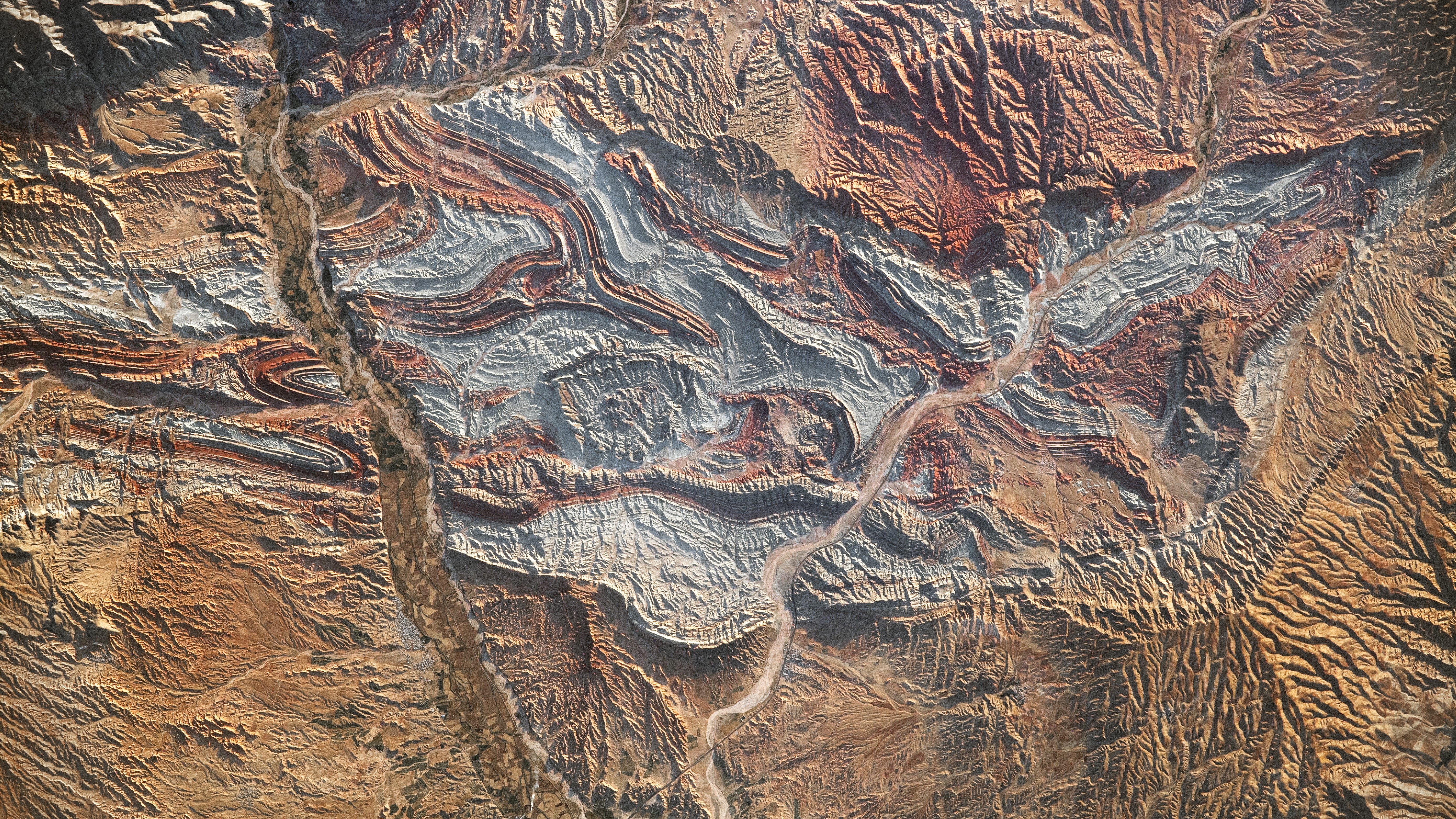
Iran's folded rocks: The crumpled mountains at the intersection of Asia and Europe
By Sascha Pare published
Iran's folded rocks are a colorful formation that is part of the Greater Caucasus mountains, which formed when the Eurasian tectonic plate collided with the Arabian plate millions of years ago.
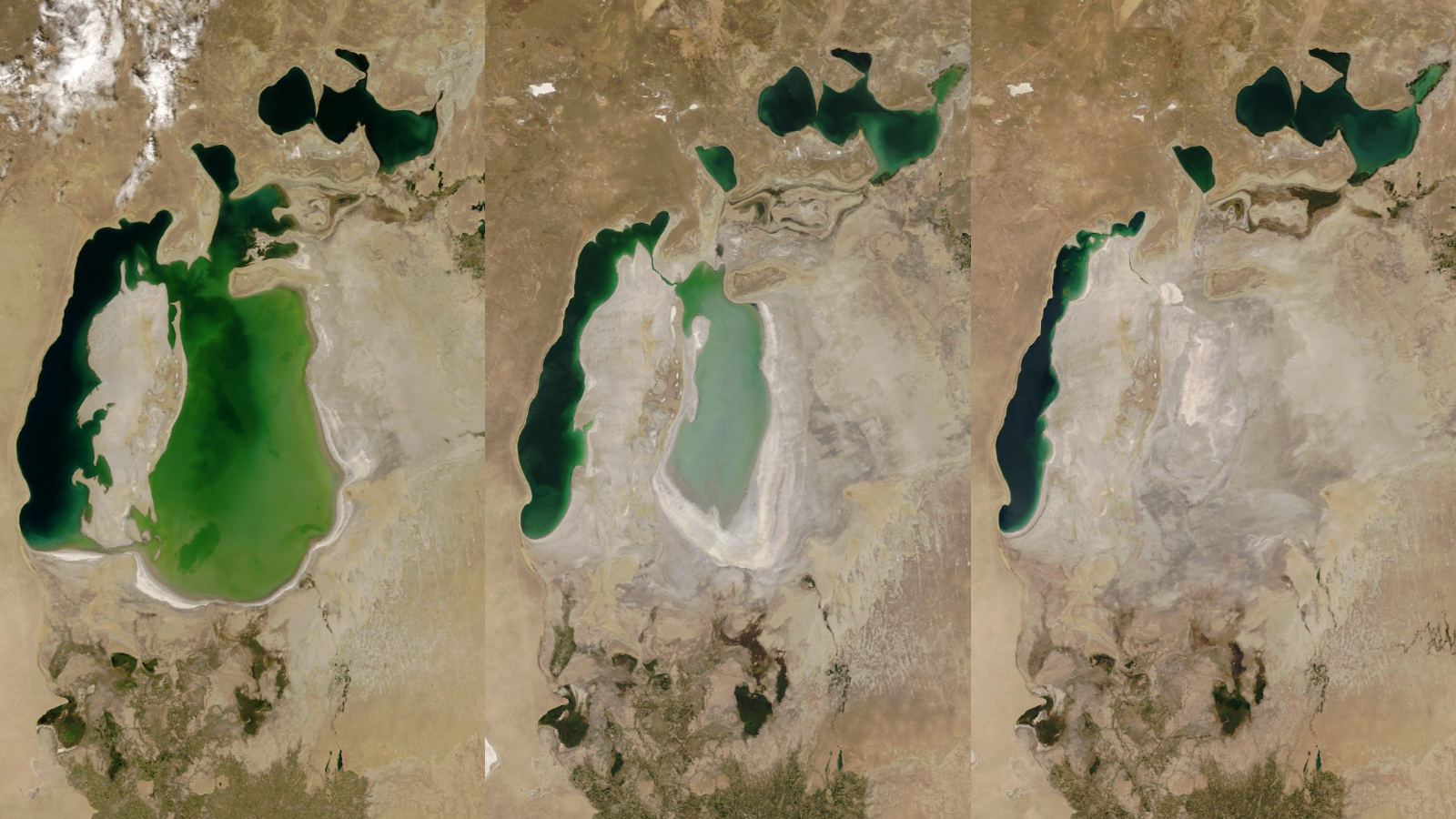
'Quiet Chernobyl' changed Earth's surface so much the planet's mantle is still moving 80 years later
By Sascha Pare published
The land beneath the former Aral Sea in Kazakhstan and Uzbekistan is rising and will continue to do so for many decades. Now, scientists have an explanation that involves the sea drying up.
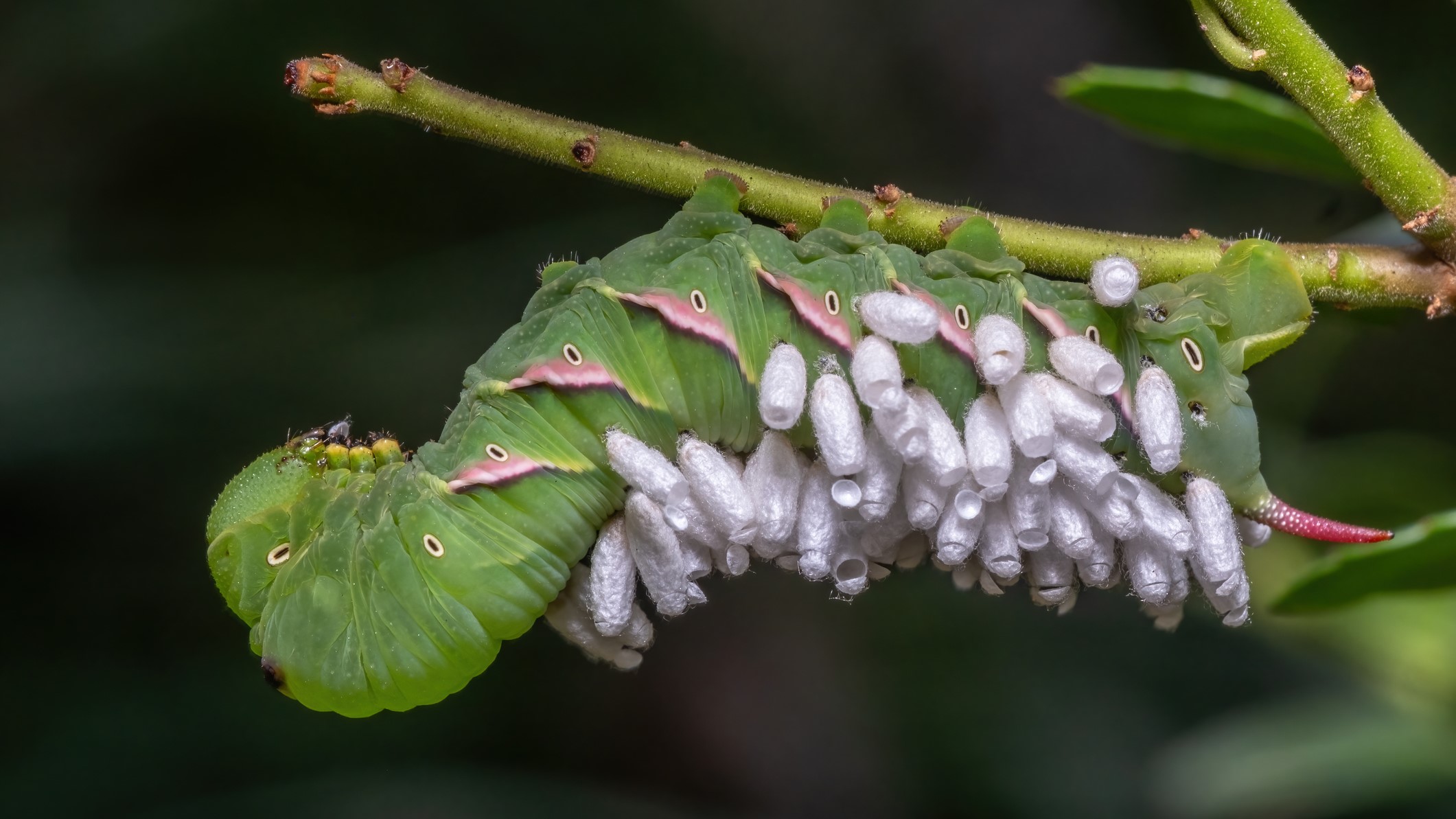
'A relationship that could horrify Darwin': Mindy Weisberger on the skin-crawling reality of insect zombification
By Sascha Pare published
Science writer Mindy Weisberger speaks to Live Science about the parasites that turn their hosts — whether ant, beetle or caterpillar — into zombie-like puppets that act against their own interests.
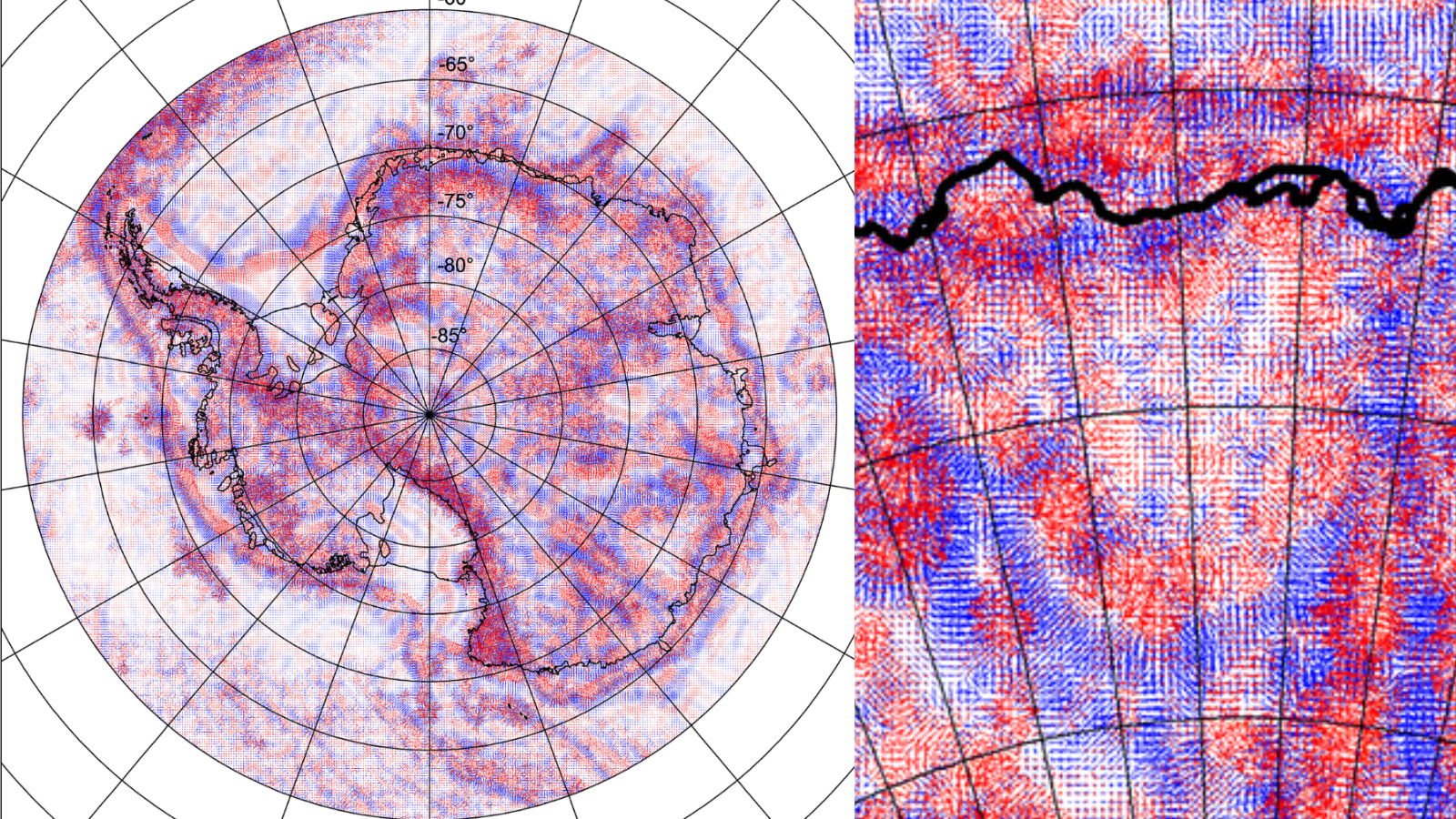
Wilkes Land crater: The giant hole in East Antarctica's gravitational field likely caused by a meteorite
By Sascha Pare published
Researchers have proposed many origins for a gravity anomaly in Wilkes Land, East Antarctica, but the latest evidence suggests the subglacial hole is an impact crater measuring 315 miles across.
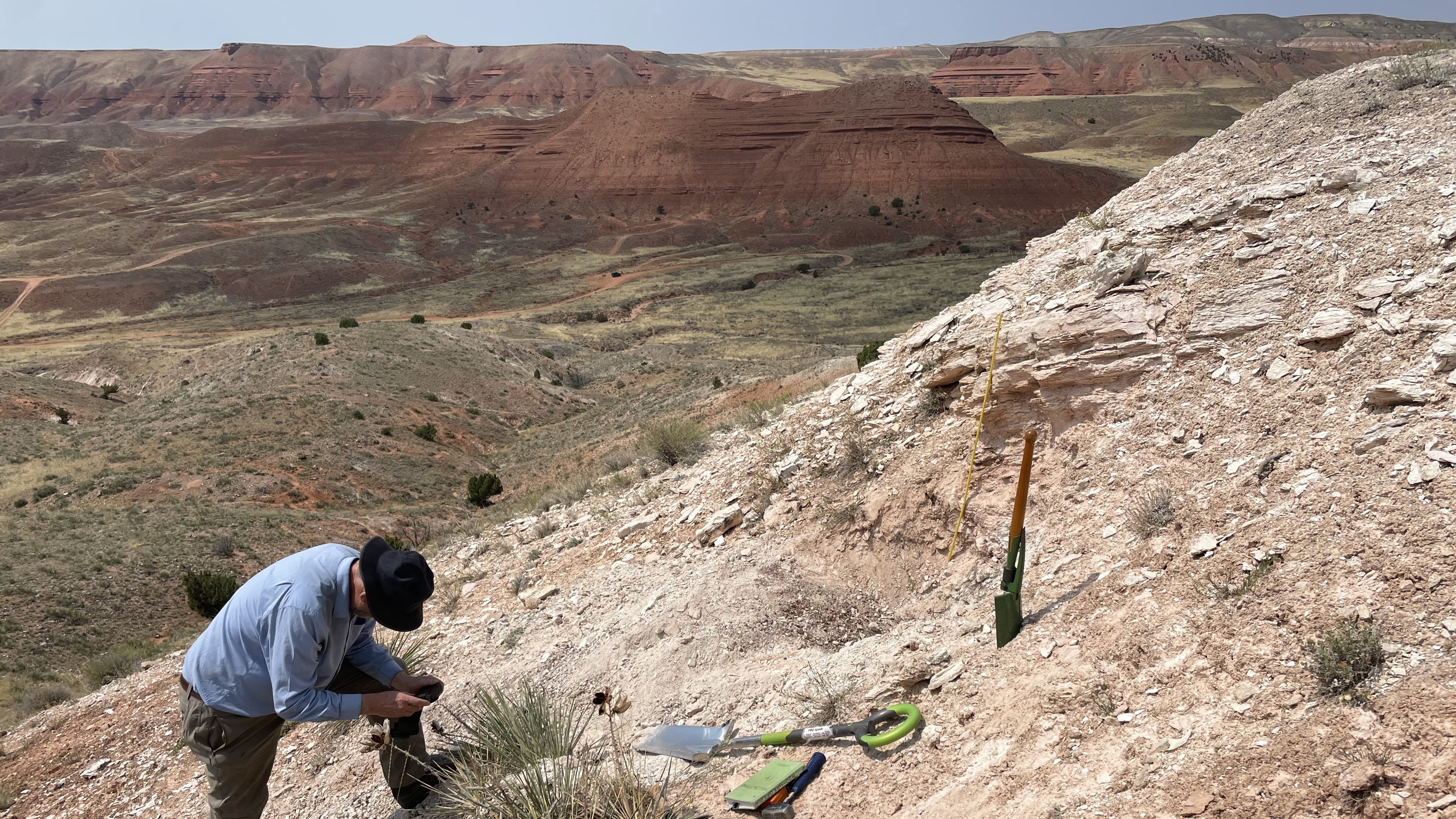
'It was amazing': Scientists discover ash from 2 mystery volcanic eruptions in Wyoming
By Sascha Pare published
Scientists have found previously undocumented ash deposits buried beneath the Lava Creek Tuff in Wyoming — and at least one of them could be from an unknown volcanic eruption, they say.
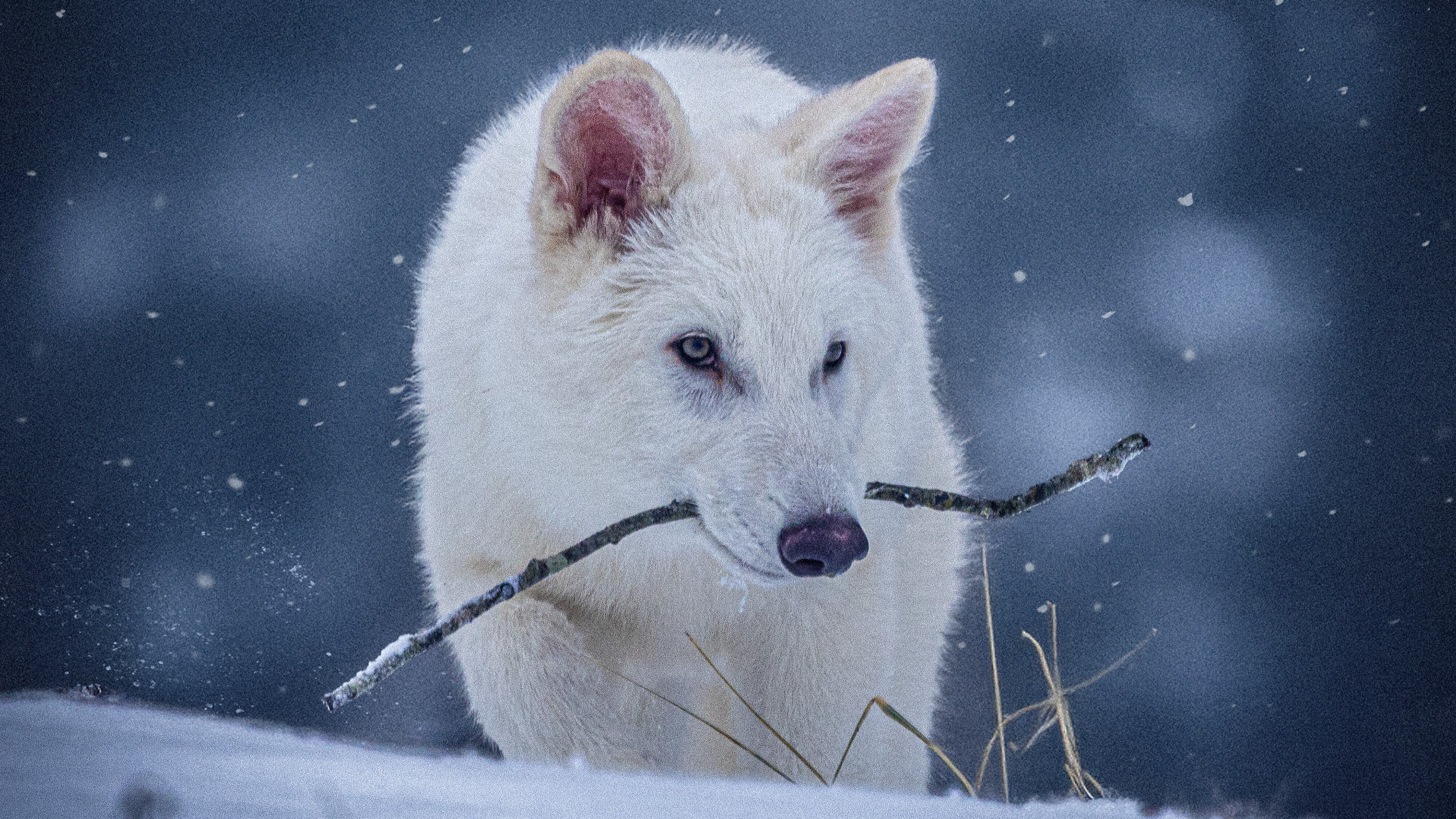
Colossal's de-extincted 'dire wolf' isn't a dire wolf and it has not been de-extincted, experts say
By Sascha Pare published
Scientists recently revealed that they have "brought back" extinct dire wolves thanks to genetic engineering — but experts say the newly created animals are only like dire wolves in appearance.
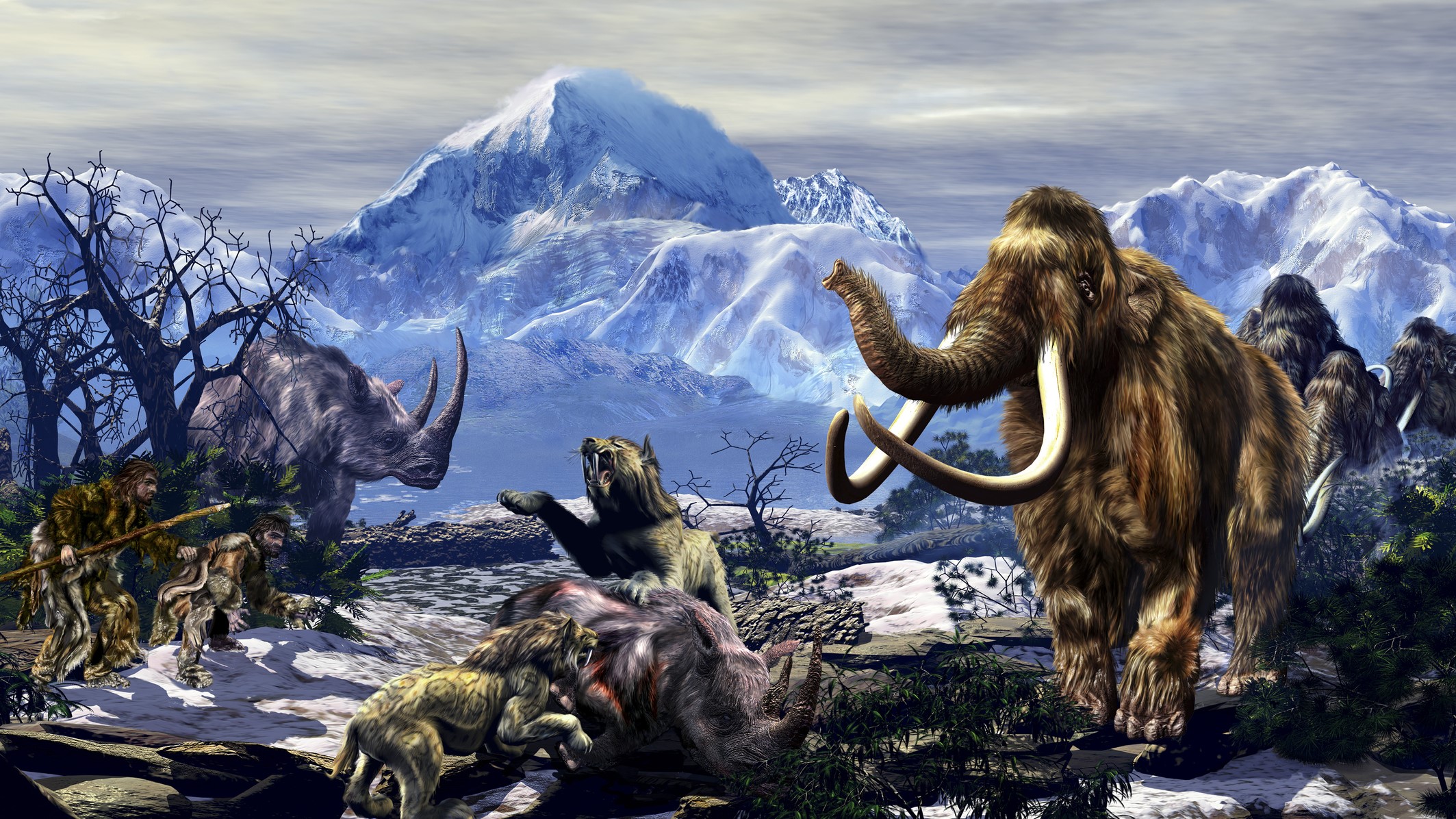
6 extinct species that scientists could bring back to life
By Sascha Pare last updated
De-extinction, the science of resurrecting extinct species, is progressing in leaps and bounds. Here are six creatures that researchers could bring back to life — and one they've already revived.
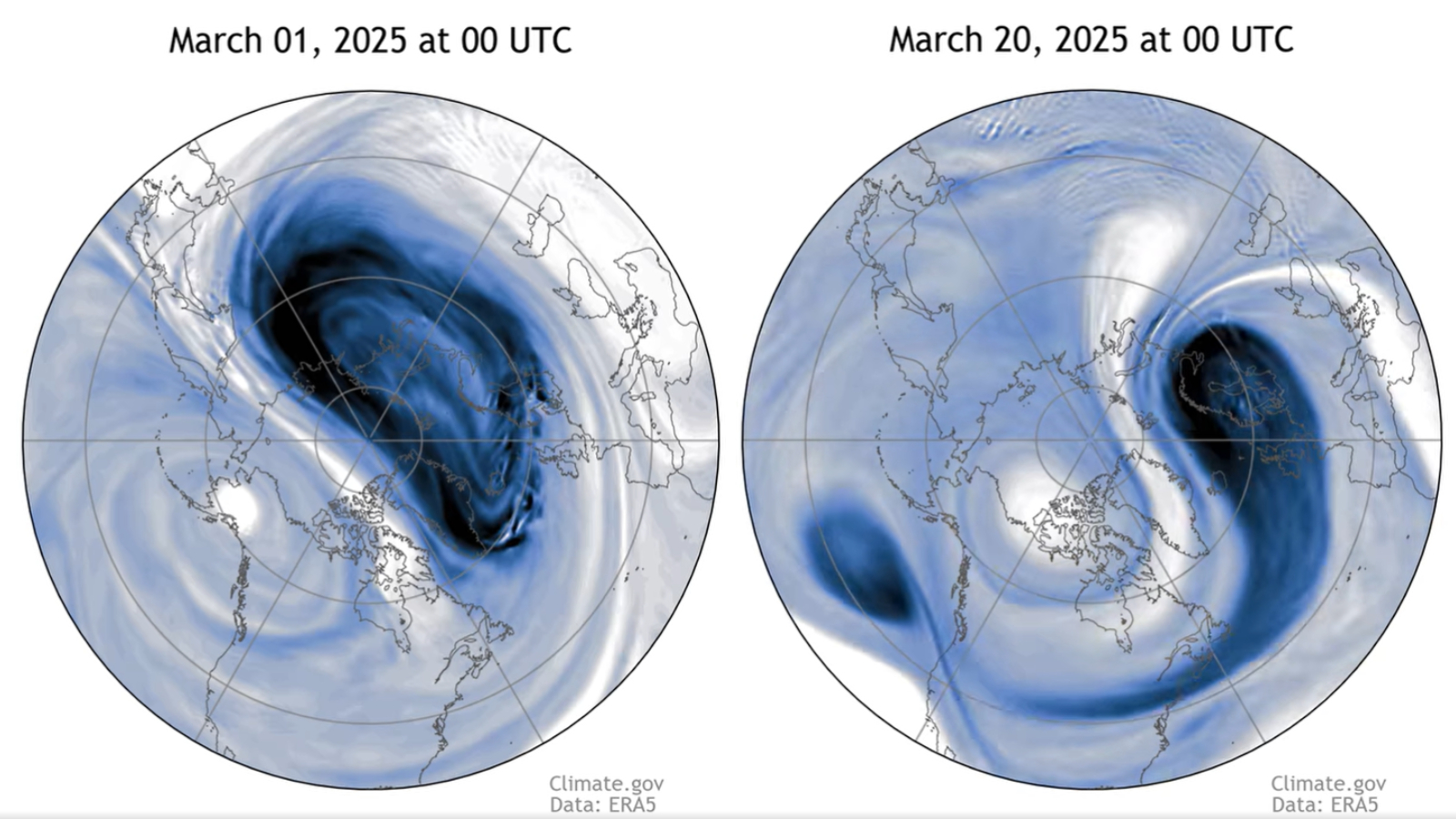
'Major disruption' has caused Arctic polar vortex to slide off North Pole, scientists say
By Sascha Pare published
A sudden stratospheric warming event reversed the winds that make up the northern polar vortex on March 9. A new animation shows the vortex also moved away from the Arctic towards Europe.
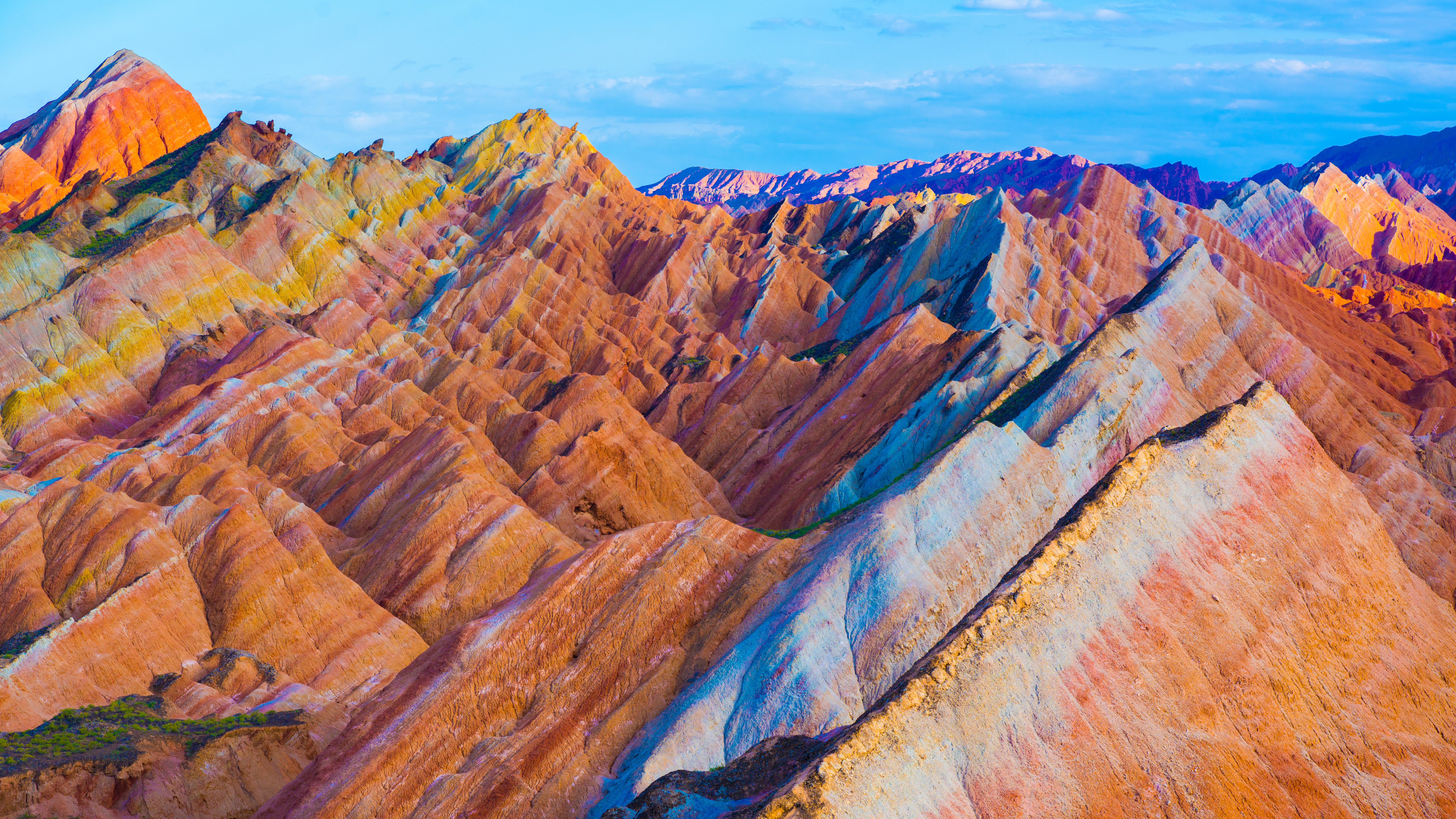
Rainbow Mountains: China's psychedelic landscape created when 2 tectonic plates collided
By Sascha Pare published
The colorful swirls and stripes that characterize China's Rainbow Mountains would have remained hidden without the epic tectonic collision that created the Himalayas.
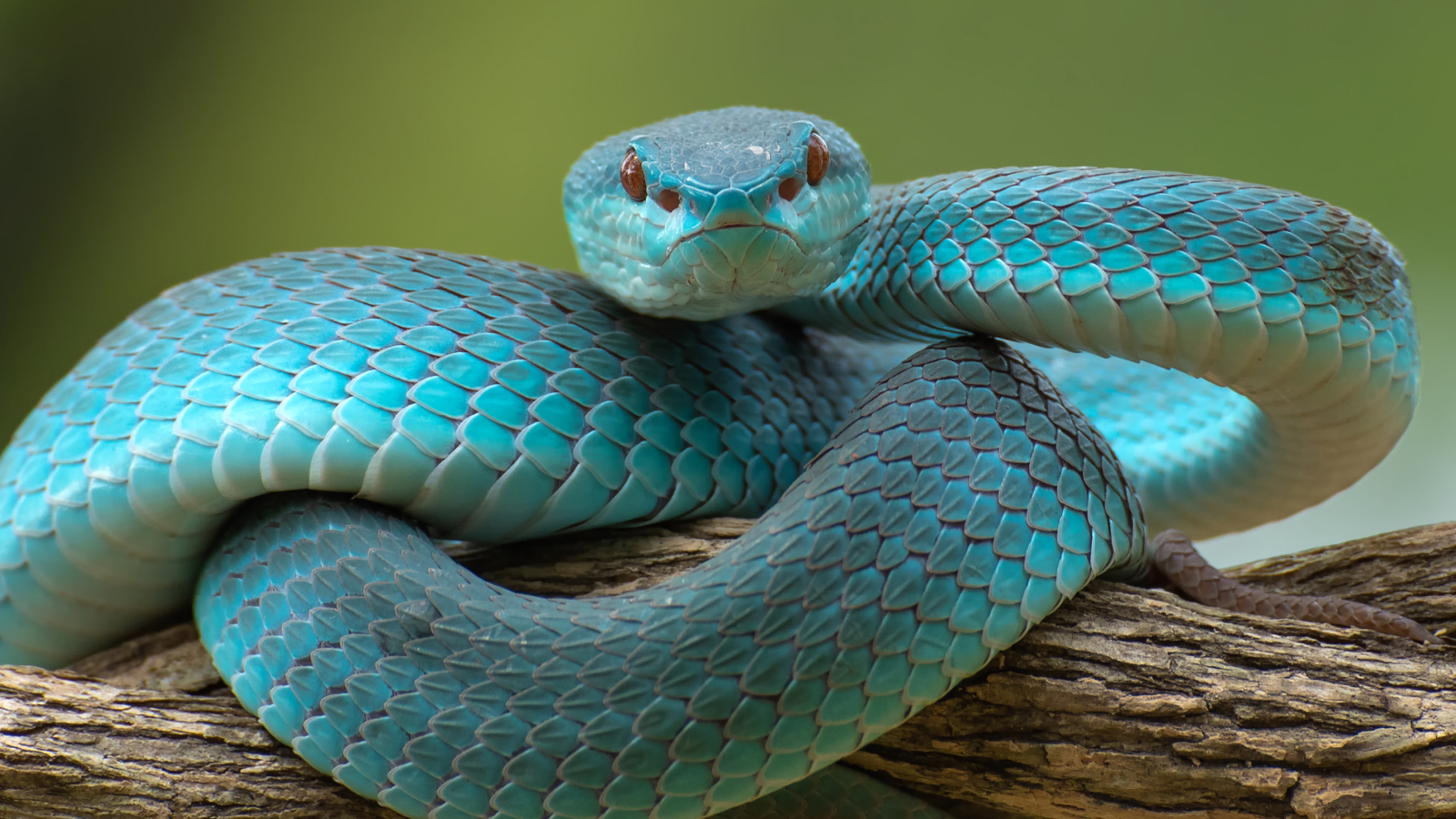
Snake quiz: Let's ssseee what you know about these slithering reptiles
By Sascha Pare published
Quiz Test your knowledge of the secrets of snakes in this quiz.
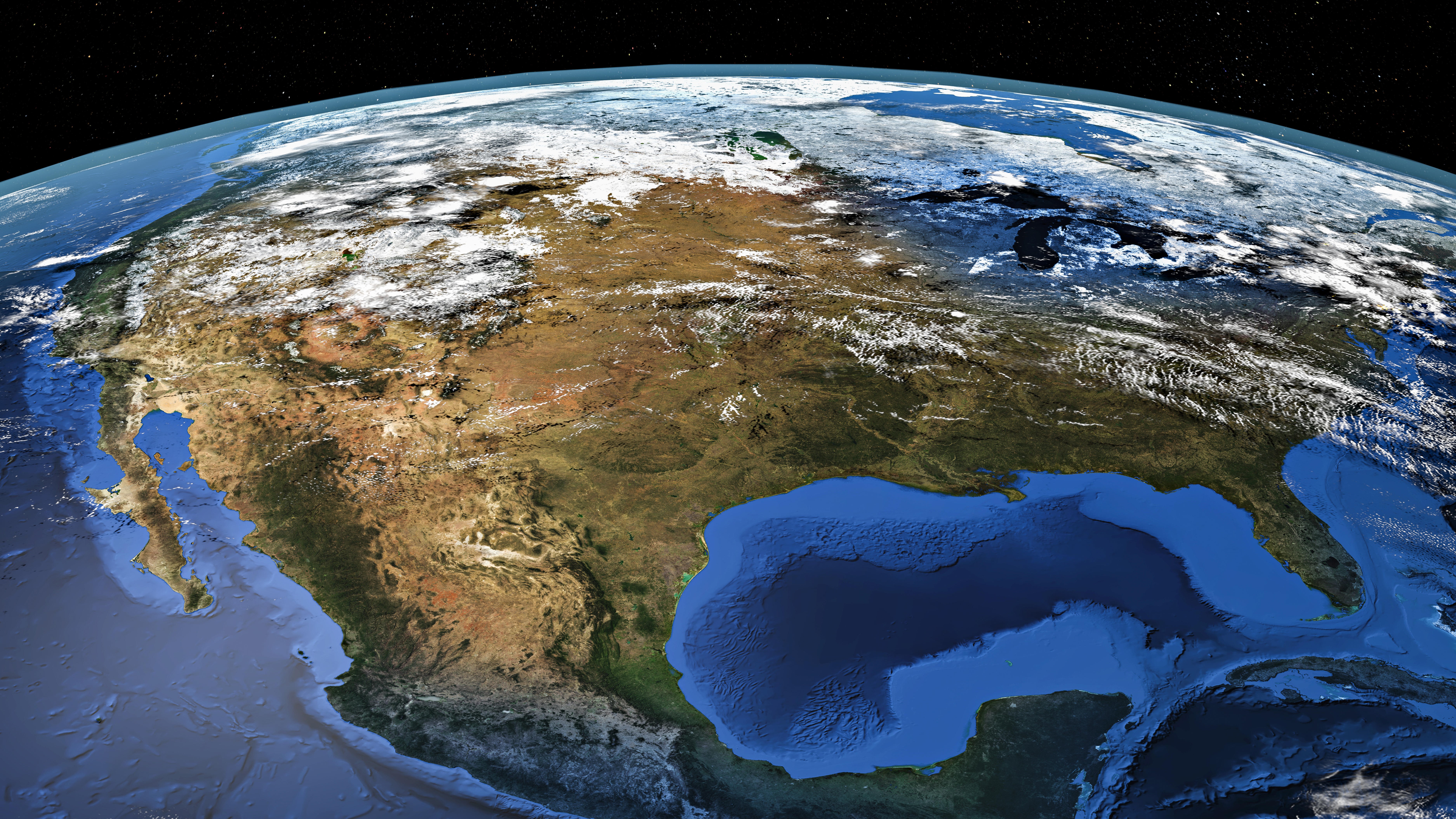
North America is 'dripping' down into Earth's mantle, scientists discover
By Sascha Pare published
Seismic mapping of North America has revealed that an ancient slab of crust buried beneath the Midwest is causing the crust above it to "drip" and suck down rocks from across the continent.
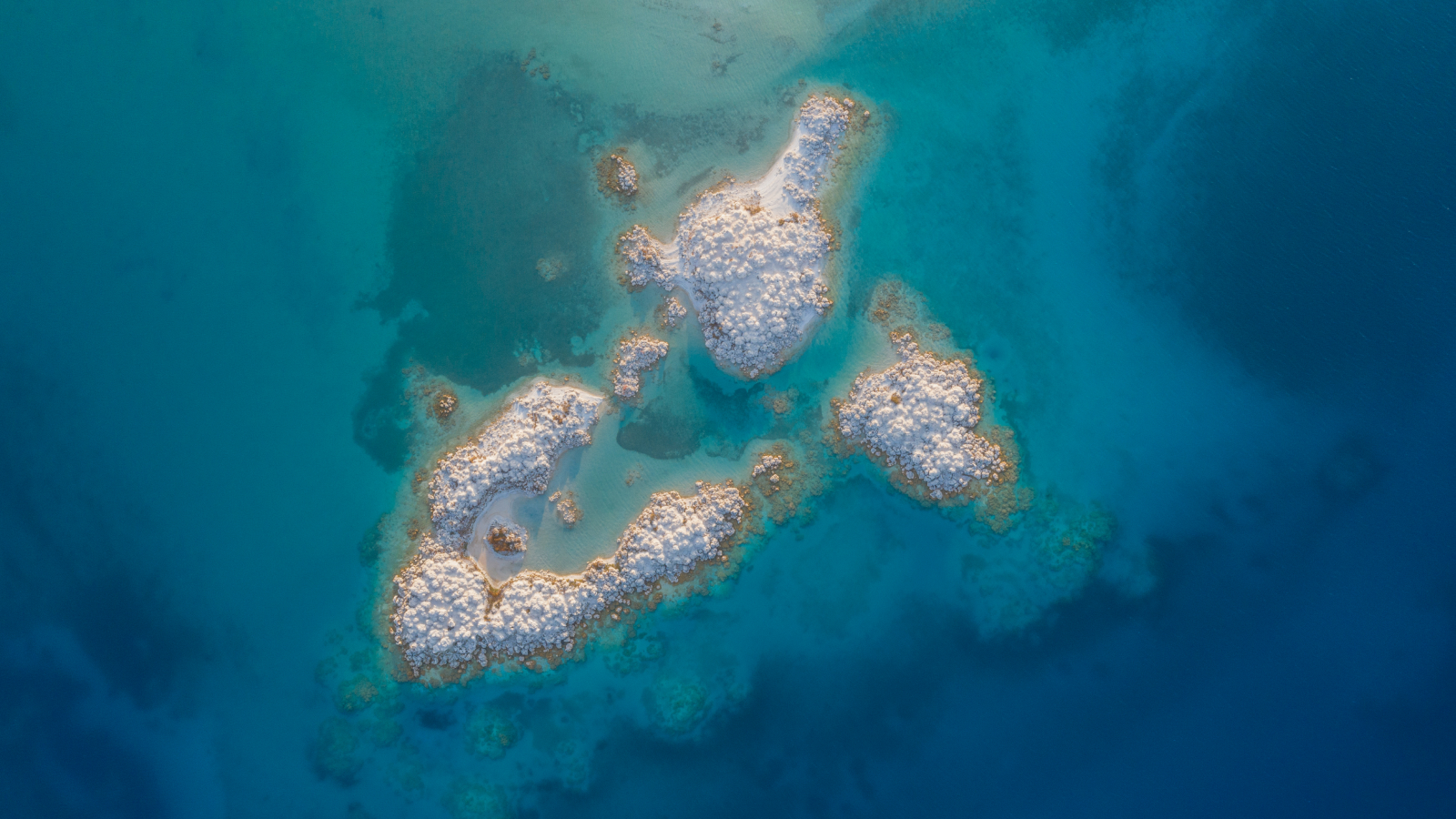
Lake Salda: The only place on Earth similar to Jezero crater on Mars
By Sascha Pare published
Lake Salda, in southwestern Turkey, bears a close resemblance to Mars' Jezero crater, which is currently being sampled by NASA's Perseverance rover.
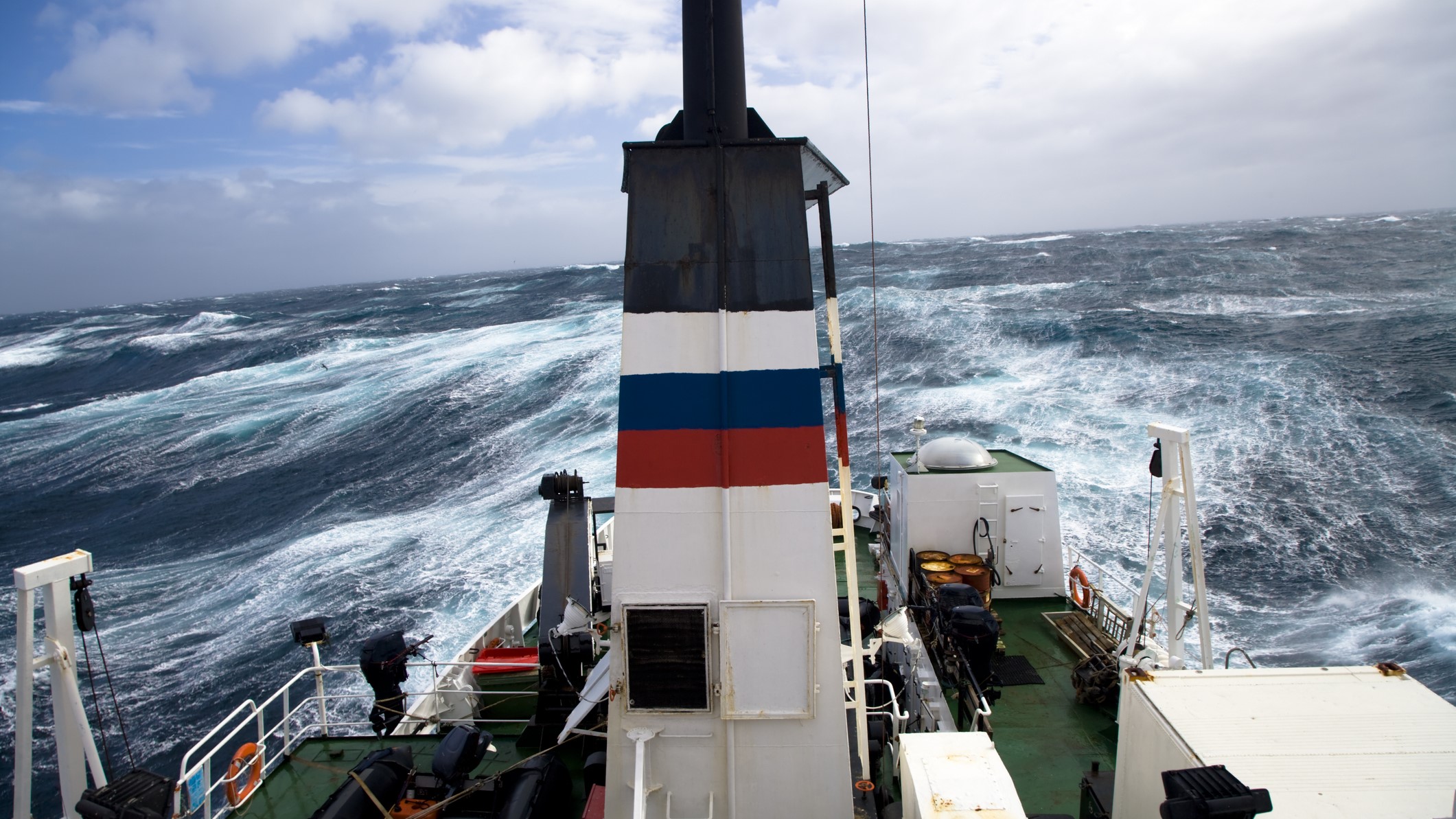
Drake Passage: The 'most dreaded bit of ocean on the globe' — where waves reach up to 80 feet
By Sascha Pare published
The Drake Passage off the West Antarctic Peninsula is a notoriously dangerous channel that connects the Atlantic, Pacific and Southern oceans.
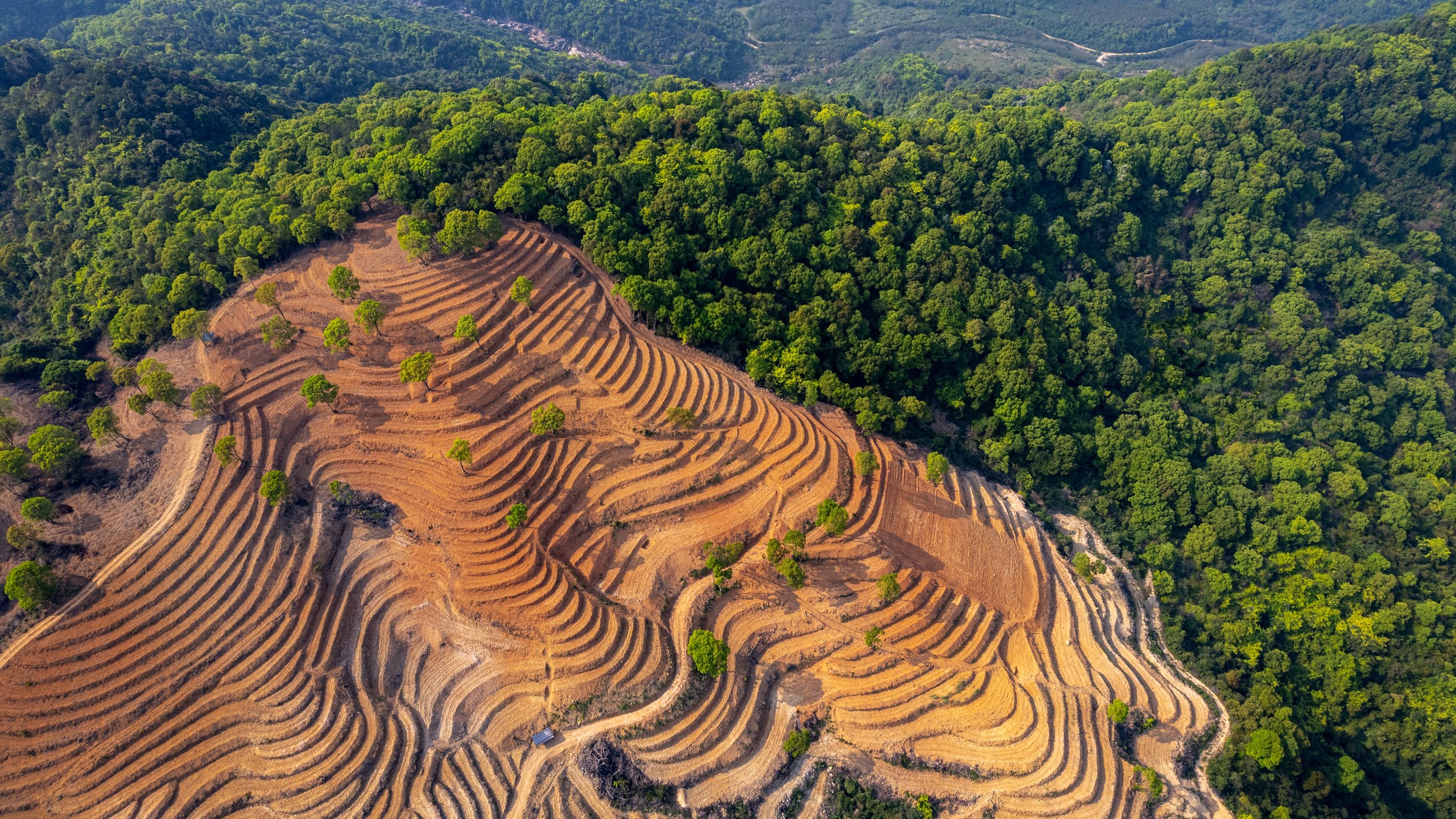
Chinese scientists use laser drones to count the country's trees — all 142.6 billion of them
By Sascha Pare published
Researchers have counted the number of trees in China and mapped their distribution across the country using a laser-based technique called lidar.
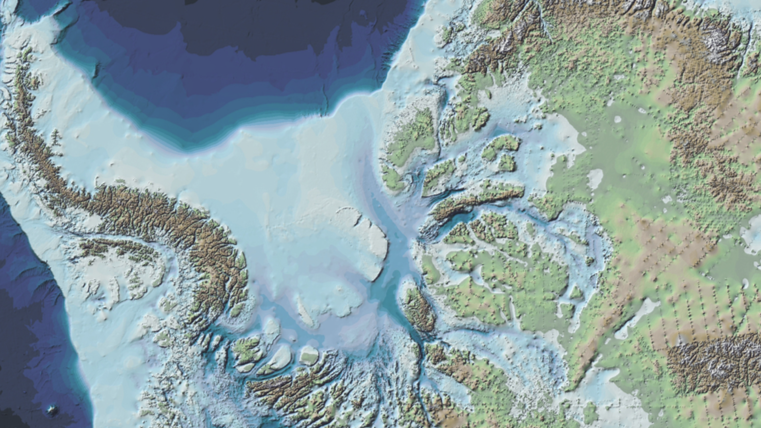
Scientists create new map showing ice-free Antarctica in more detail than ever before
By Sascha Pare published
Bedmap3 is the most fine-grain map to date of the landscape beneath Antarctica's ice. Scientists created it using more than 60 years' worth of data from satellites, ships and dog-drawn sleds.
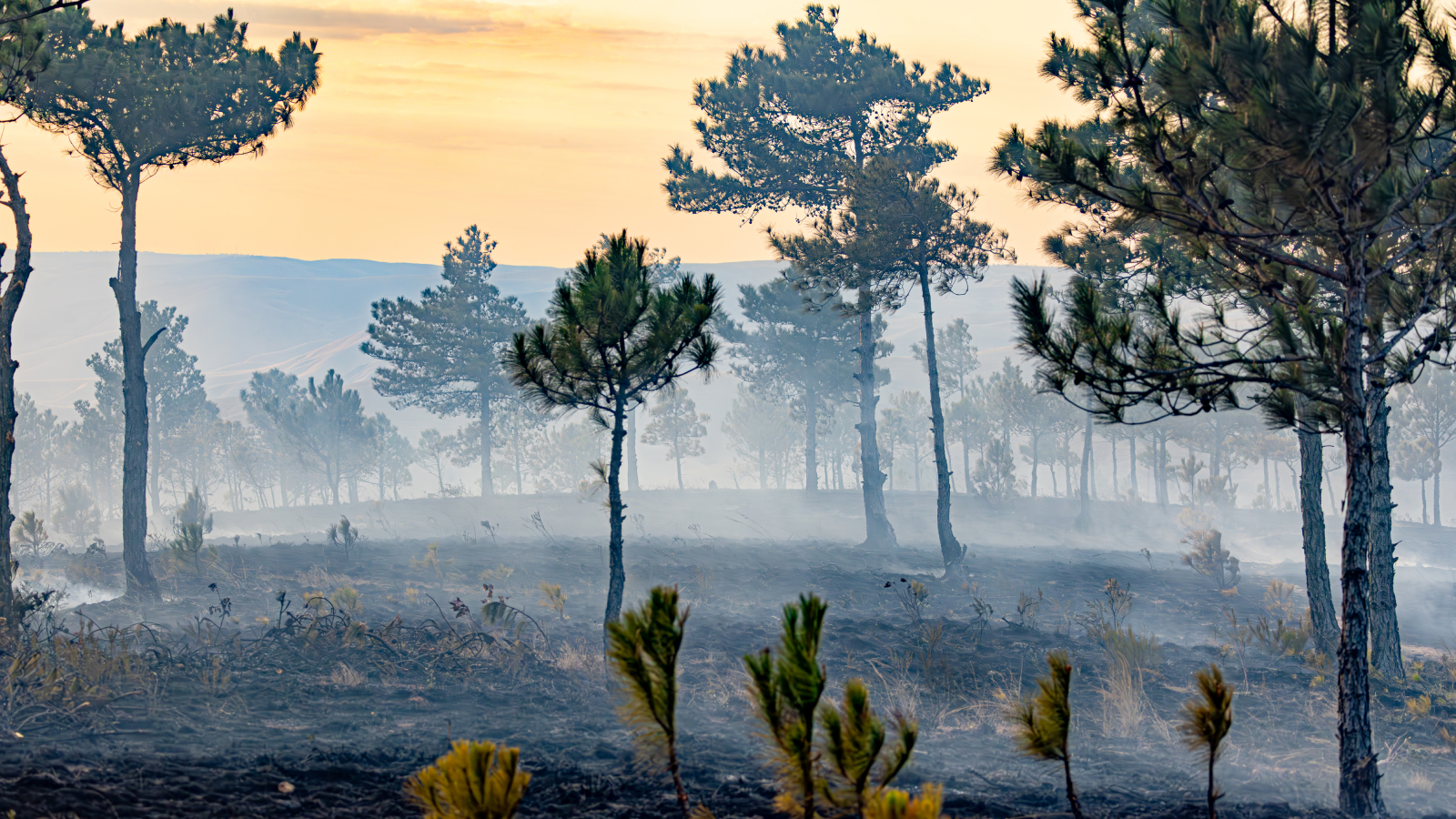
'We don't have a climate crisis — we are the crisis': Environmentalist Paul Hawken on why honoring life is the best thing we can do against climate change
By Sascha Pare published
Environmentalist and author Paul Hawken speaks to Live Science about the worldview that has led to the mindless exploitation of the planet — and how we can shift perspectives for a better future.

Mount Washington: Home to 'the world's worst weather' with record wind speeds of 231 mph
By Sascha Pare published
Mount Washington is a prominent mountain in New Hampshire, known for its dramatic weather and conditions that are extremely dangerous for hikers and climbers.
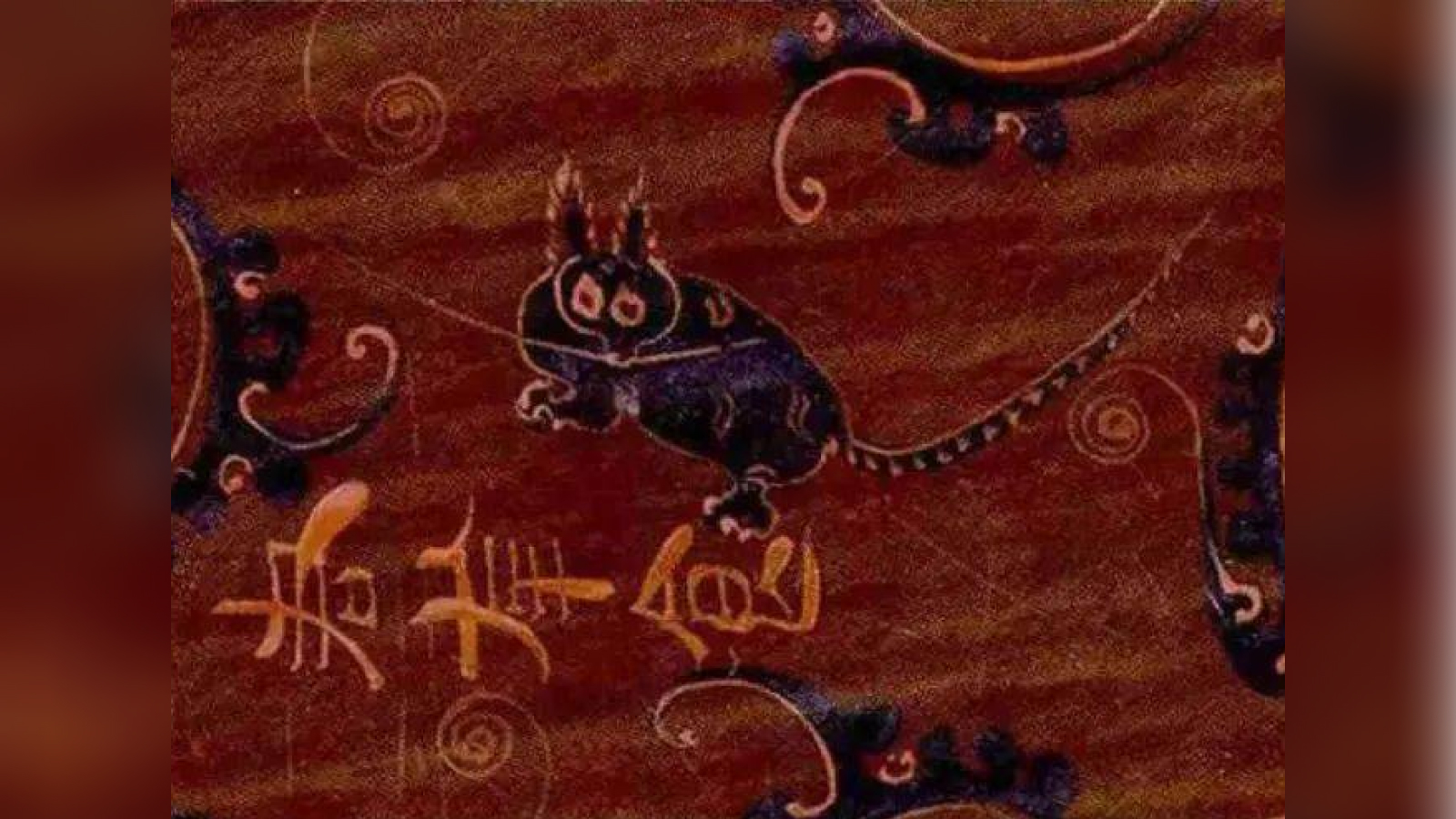
Pet cats arrived in China via the Silk Road 1,400 years ago, ancient DNA study finds
By Sascha Pare published
How and when domestic cats arrived in China has been a mystery. A new analysis of cat DNA suggests traders and diplomats likely carried the pets with them along the Silk Road 1,400 years ago.
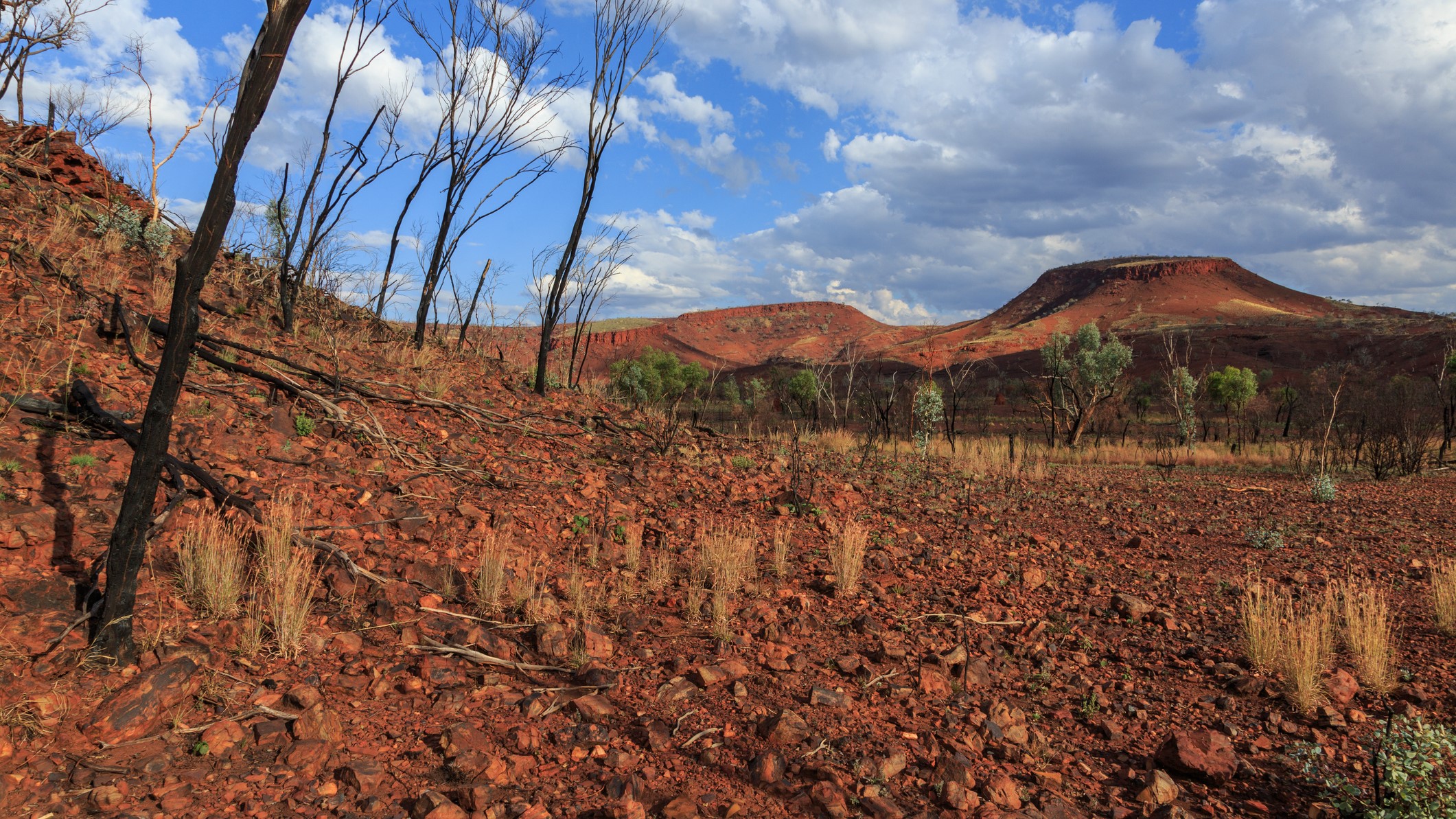
'This is by far the oldest': Scientists discover 3.47 billion-year-old meteorite impact crater in Australian outback
By Sascha Pare published
Researchers say they have found "unequivocal evidence" that a meteorite smashed into Earth 3.47 billion years ago, potentially affecting plate tectonics and creating conditions for life.
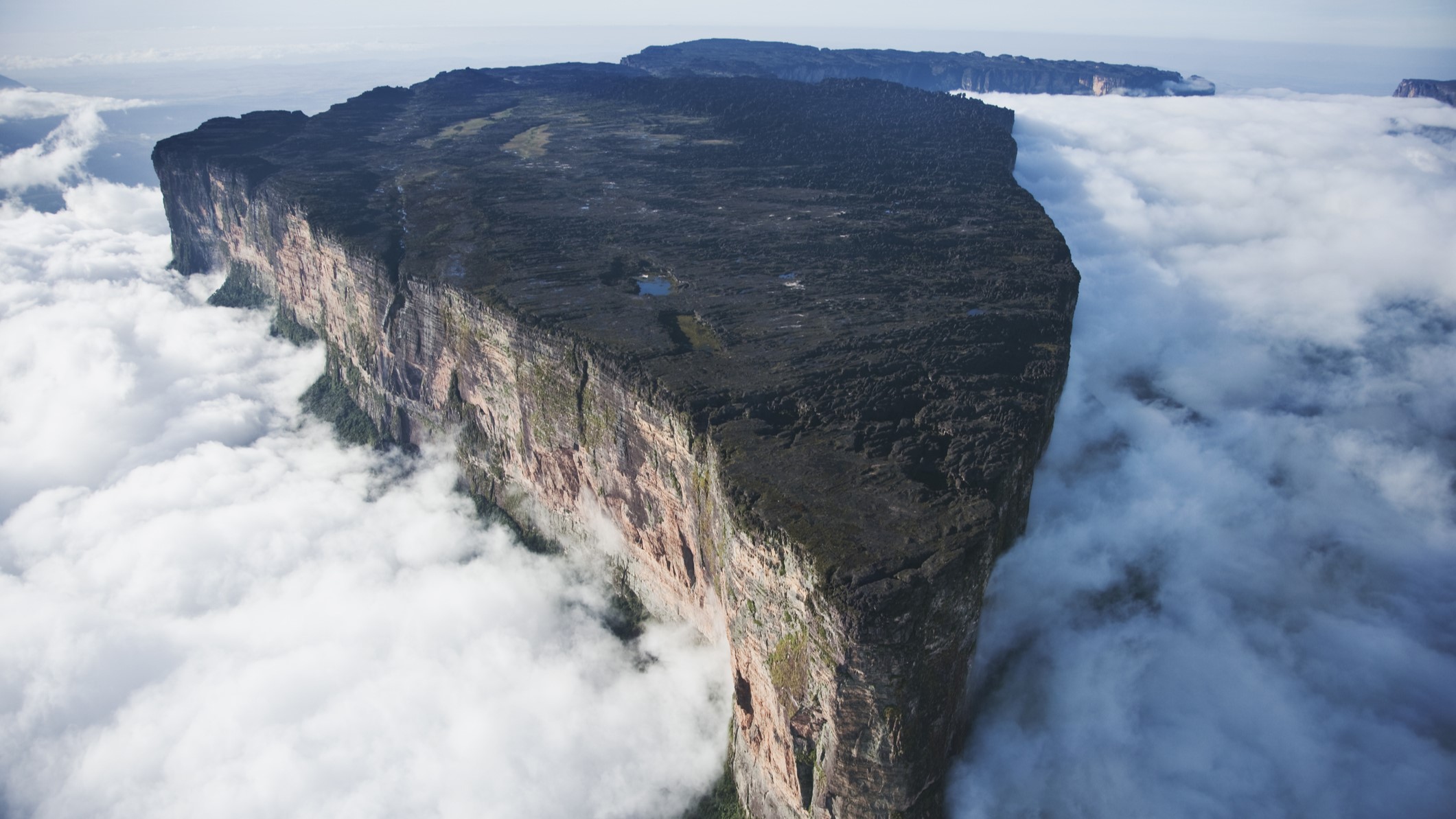
Mount Roraima: The 'lost world' isolated for millions of years that Indigenous people call the 'house of the gods'
By Sascha Pare published
Mount Roraima is a flat-topped formation with crystal-clear pools, waterfalls and a unique ecosystem that has been isolated from the surrounding savanna for millions of years.
Sign up for the Live Science daily newsletter now
Get the world’s most fascinating discoveries delivered straight to your inbox.
